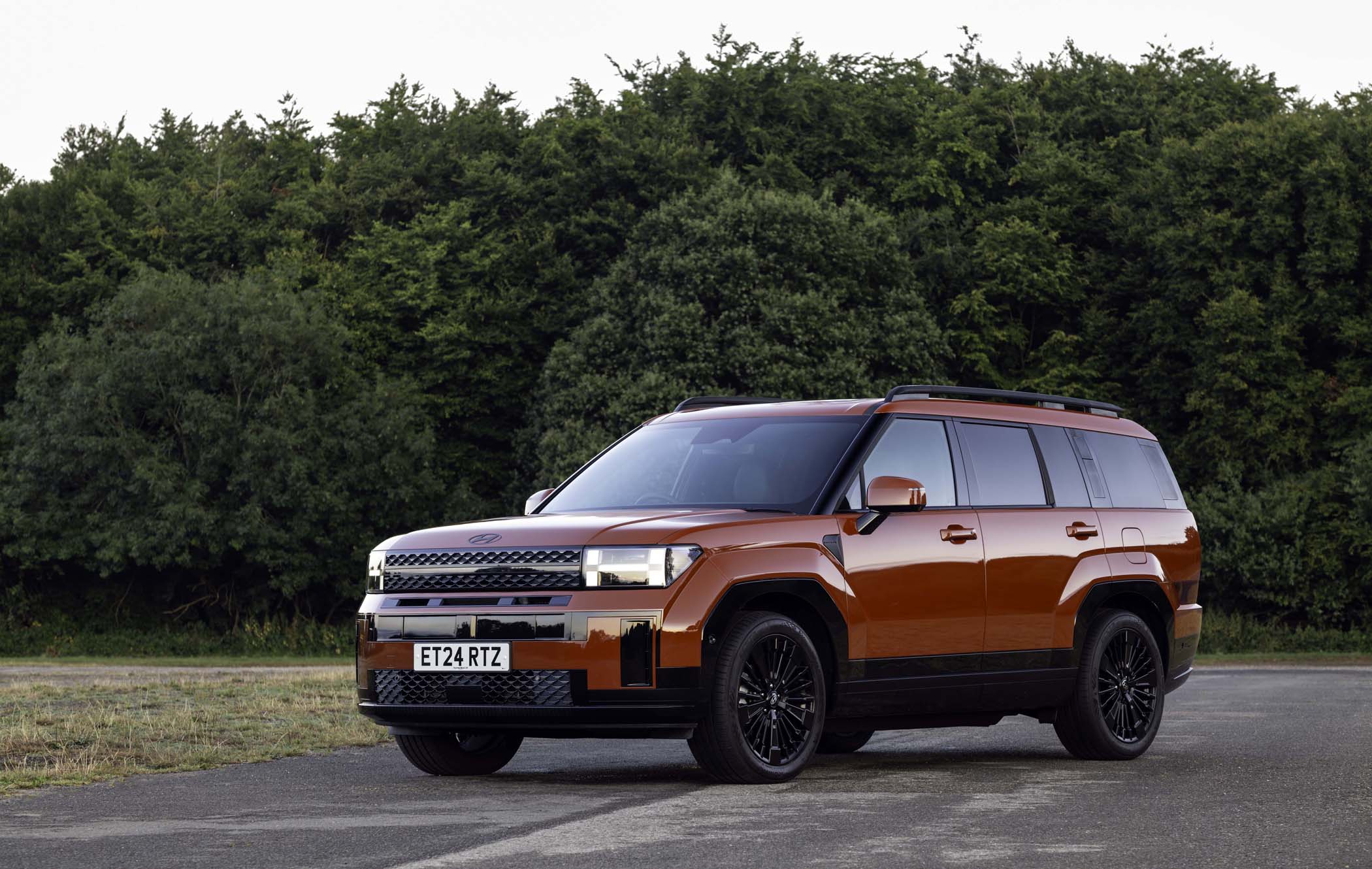Nissan X-Trail review (2014-2022)
The Nissan X-Trail is a large SUV aimed at families who need more space than offered by its little sibling-the Nissan Qashqai. That’s in part thanks to an option to specify it with seven seats when it was new and the fact that the rear seats slide to maximise legroom or boot space. It’s a big car for big families. Read our full Nissan X-Trail review below.
Pros
- Seats for the whole family
- Range of engines, gearboxes and 4x4
- Good levels of equipment
Cons
- Not the most refined
- Limited rear-seat space
Interior
Our rating: 7/10
As with the outside, the Nissan X-Trail’s interior is remarkably similar to the Nissan Qashqai’s – and that’s a good thing.
There’s not much flair to the design (the Honda CR-V is more interesting) but there are a few soft-touch plastics on the dashboard and an infotainment screen that’s flanked by buttons.
The 2017 facelift brought a larger screen and a flat-bottomed steering wheel, along with a few trim changes.
Driving position
It’s easy enough to find a comfortable driving position in the X-Trail and the seats are generally supportive.
There’s also more than enough headroom and legroom for those in the front and rear seats on 5-seat versions.
Surprisingly, the extra pair of rear seats on 7-seat versions of the X-Trail is also reasonably roomy, even for adults. You’ll need to slide the middle row forwards a bit.
Doing so won’t cause issues for those passengers – and the rear-most pair fold flat into the boot when you don’t need them.
Tech and features
All X-Trail models starting with Visia trim get air-con, cruise control, Bluetooth connectivity and a digital radio (DAB).
Step up to Acenta and Acenta Premium trim to get a smart panoramic glass roof, which makes the interior feel nice and airy, climate control and front and rear parking sensors.
An electrically assisted tailgate, sat-nav and a fancy all-round camera system come with N-tec, and you’ll find a better audio system and heated leather seats in X-Trails with Tekna trim.
Performance
Our rating: 7/10
Handling and ride comfort
Although much of the X-Trail’s oily bits are shared with the Qashqai, the larger SUV isn’t quite as sharp to drive. That means the body leans a fair bit on roundabouts – certainly more than the Peugeot 5008.
The upside is a comfortable ride, especially on the motorway, with most bumps and ruts absorbed by the suspension before they reach your bum.
Light steering, front and (on some models) rear parking sensors, and good visibility make getting into a supermarket parking space that bit easier.
Engines and power
The 1.6, 1.7 and 2.0-litre diesel engines are more than up to the task of shifting a full load at motorway speeds.
The rarer 1.6-litre petrol engine needs to be worked hard to make progress. The 1.3 turbo petrol from 2019 is surprisingly willing.
Practicality
Our rating: 9/10
Storage solutions
Cup holders, a large glovebox, various trays and door bins provide enough space up front. Your storage options are more limited in the rear seats.
There are pockets in the backs of the front seats, at least, to store maps you probably won’t ever use.
Rear seats
Access to the rear seats is nice and easy, thanks to its wide-opening rear doors. You can slide the seats back and forth to maximise legroom or boot space.
Boot space
There are at least 550 litres on offer with all five seats in use. Things are a lot tighter back there if you’ve got a seven-seat X-Trail.
Fold them and the middle row flat, though, and you’ve got close to 2,000 litres to play with – that is four large suitcases and room to spare.
There’s also a clever folding boot floor that divides the load space to stop bags from sliding around – handy when you need to get the prosecco home in a hurry. The five-seat models get extra storage room under the boot floor where an extra pair of seats would sit.
Running costs
Our rating: 7/10
Fuel economy
The 1.6-litre diesel engine wasn’t tested under the new regulations. It should return an mpg in the 40s. This will fall when you opt for a version with 4WD and an automatic gearbox.
The 2.0-litre diesel was also tested under old regulations and is likely to give you around 35mpg in the real world.
The 1.7 diesel has been tested under the more realistic WLTP regime and has an official average figure of 47.5mpg, while the 1.3 petrol is listed at 38.5mpg.
The verdict
Interior
7/10
Performance
7/10
Practicality
9/10
Running costs
7/10
We love the X-Trail’s versatile interior. The seven-seat option is great to have.
You get easy access to rear seats that slide even without the extra pair of seats, plus a clever boot floor to help keep cargo in place.
We also love the way it looks. Sure, the X-Trail may not be a “proper” off-roader, even with four-wheel drive, but it looks the business. What it lacks in refinement and premium touches, it certainly makes up for in practicality and family-friendly functionality.


